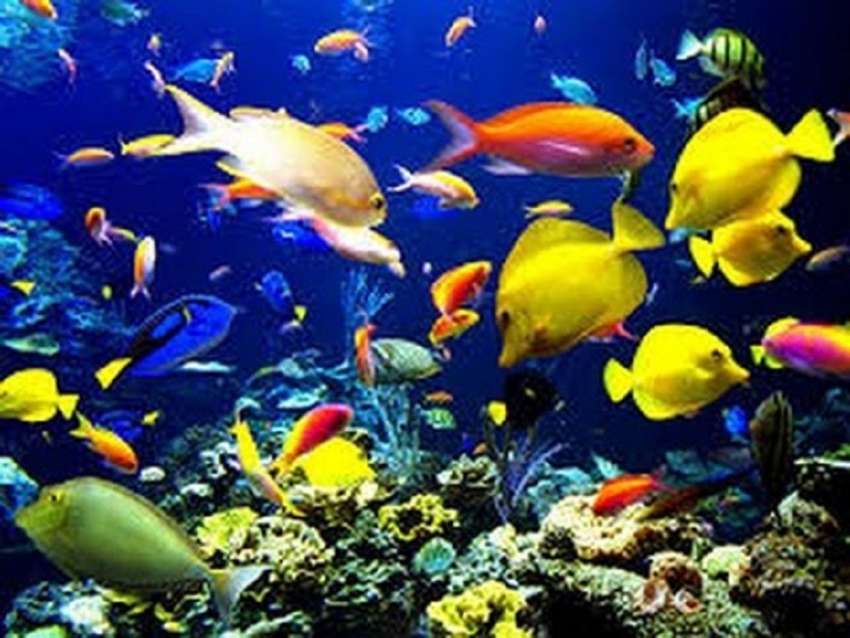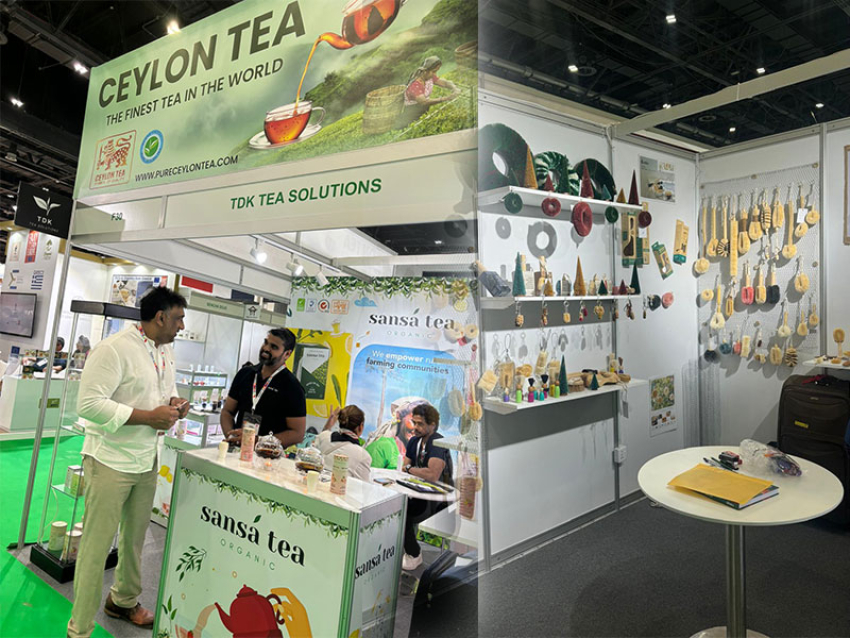The island’s northwestern seas recorded the highest levels of marine pollution, while seas to the east remain rich with marine life and should be made a conservation priority, researchers say.Plummeting fish stocks and crisis-level volumes of plastic pollution should spur Sri Lanka to adopt new regulations and mechanisms to prevent further contamination of the seas around it, experts say. The call comes in the wake of findings from a 2018 survey — commissioned by the National Aquatic Resources Agency (NARA) and supported by Norway’s Institute of Marine Research (IMR) and carried out on the Norwegian research vessel Fridtjof Nansen — that were published in January.
The survey, the first of its kind in 40 years, found that nearly four-fifths of small pieces of the plastic waste in Sri Lanka’s territorial waters arrived via rivers and canals, said Terney Pradeep Kumara, general manager of the Marine Environment Protection Authority (MEPA). “This means, only about one fifth of waste is sea-originated microsplastic [MPs] wastage, caused by fishermen dumping plastic in mid-sea and oil spills from ships,” he said.
The Nansen survey also highlighted that seas around Sri Lanka were polluted by “second category” microplastics, such as fishing gear and packaging material. Kumara called for collective and effective waste management mechanisms to avoid extensive marine pollution. Making coastal regions of Sri Lanka polythene-free and campaigning to reduce domestic use of plastics are essential to avert a further crisis, he said.
The severity of the microplastic contamination has contributed to a nearly 80 percent depletion in fish stocks, according to the Nansen survey findings. In the last fisheries stock survey, carried out from 1978 to 1980, it was estimated that fish resources at the seabed level were likely between 250,000 and 350,000 tonnes. In contrast, the Nansen survey showed a plummeting of the fish stock to around 53,000 tonnes. “The drivers are overfishing, microplastic contamination and unauthorized fishing,” Prabath Jayasinghe, co-cruise leader and senior scientist with NARA, told Mongabay. “This has happened over a period of time and now it has reached crisis proportions. Besides affecting fish exports, this also means Sri Lankans will have not have the benefit of their main source of protein.”
He added that the number of fishermen has also increased, putting pressure on the country’s fish stock. “Aquaculture is a main source of income in the northwest, as well as coastal tourism. These industries have not grown in a sustainable manner, increasing the stress on the marine environment.“Our marine ecosystems are now at deep risk, be they the mangroves, coral reefs or estuaries,” Jayasinghe added. “Pollution threat is amplified by climate change.”
Regional disparities
The survey was carried out over one complete fishing season in 2018. Throughout the study, microplastic particles were found in all the sampling stations along the Sri Lankan coast; the highest concentrations were discovered in the northwestern seas, while eastern and southern regions recorded lower levels of pollution.
The total swept area biomass estimated from the survey was 53,000 tonnes, excluding jellyfish, garbage, coral debris and sponges. The lowest biomass estimate came from the northwest (967 tonnes) and the highest on the continental shelf off Batticaloa in the east (8,173 tonnes), the preliminary findings showed.“The eastern coast showed so much promise,” Jayasinghe said. “Its waters comprise rich marine resources, including fish larvae and baby fish, unlike the other regions surveyed. This region deserves a special conservation and management plan.”
In June 2018, Sri Lanka joined UNEP’s CleanSeas campaign, a global movement to tackle plastic pollution in the ocean. A 2017 report by the U.K.-based Ellen McArtur Foundation warns that plastics in the oceans will outweigh fish by 2050, as the use of plastics has increased more than twentyfold in the past half a century. The U.S.-based Ocean Conservancy estimates that more than 150 million tonnes of plastic are currently circulating in the ocean, with another 8 million tonnes added annually. In 2016, South Asia, including Sri Lanka, generated 26 million tonnes of plastic waste into the ocean.
Sri Lanka’s exclusive economic zone (EEZ), which stretches up to 200 nautical miles (370 kilometers) off its coast and spans about 510,000 square kilometers (197,000 square miles), is eight times larger than the island’s landmass and is highly vulnerable to pollution. As a preventive measure, Kumara said, the country’s Marine Pollution Environment Act No. 35 of 2008 must be amended to impose strict punishment against polluters. “Then we need extensive awareness creation among the people. They need to share this journey,” he said.




















